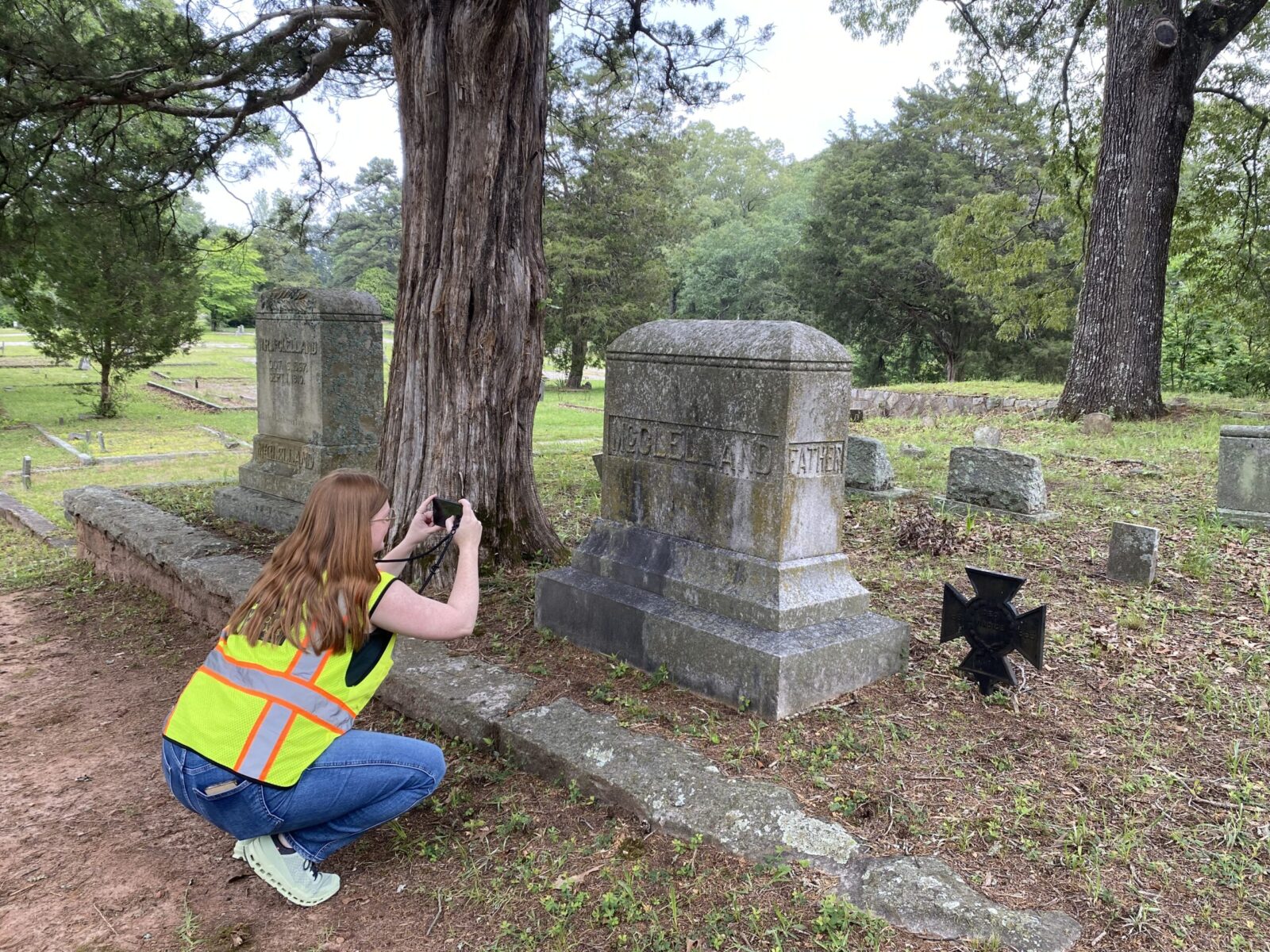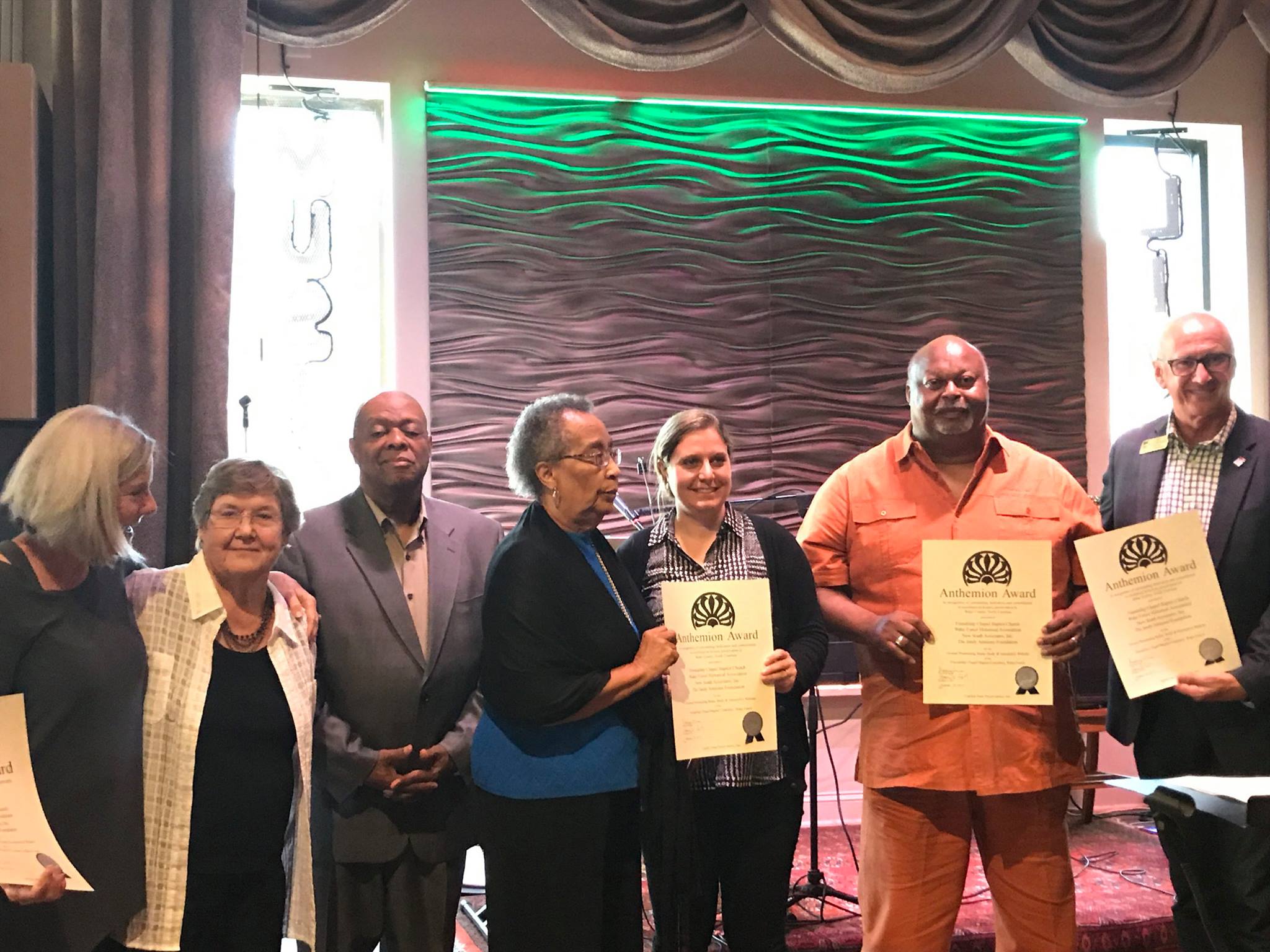Cemetery Studies
New South Associates (NSA) offers cemetery mapping, surveying, relocation, and analysis of physical anthropology.


Most of us have likely passed an old cemetery and marveled at the diversity of marker types, materials, and their arrangement. Perhaps you’ve even walked the rows and observed interesting names, epitaphs, or symbols on the markers. Have you ever looked at a cemetery and wondered why there is so much empty space? If so, you’re in good company because that’s a research topic for NSA’s mortuary archaeology staff.
Cemeteries and sites with human burials are some of the most sensitive resource types because of their importance to descendant communities. Working with them requires more than compliance with state and federal laws. NSA’s staff offers sensitivity, respect, high ethical standards, and highly trained experts. NSA has extensive experience identifying unmarked graves, excavating graves, and reburying them using modern techniques, conducting detailed skeletal analyses when it is necessary, historic cemetery management, mapping, and the creation of cemetery data records.
Cemetery Studies Services
Mapping and Recording
As part of NSA’s Mortuary Archaeology Program, cemetery mapping and recording is provided for a variety of clients including city and county governments, cemetery associations, descendant communities, and private developers. NSA uses total stations and Ground Penetrating Radar to map cemetery grave markers, depressions, topography, trees, paths, plot boundaries, and other features. NSA is an innovator in the application of digital data collection to record grave markers, their condition, existing vegetation, the demographic data on the marker, and photographs.
Surveying Unmarked Burials
In many cases, what you see does not represent what’s in the ground and it is common for a cemetery to have unmarked graves. NSA’s mortuary specialists are trained to locate and identify unmarked graves using visual observation, probing and soil penetrometers, and ground-penetrating radar. These techniques are useful for estimating the number of unmarked graves and for defining cemetery boundaries. NSA is frequently asked to provide these services to fulfill state permit requirements.
Cemetery Relocation
In certain cases, impacts to cemeteries cannot be avoided and the last resort is to move them to another location. This process involves excavating the grave by hand to collect the human remains, coffin features, and grave goods. It requires careful attention to detail so that all the information about the grave is recorded, along with maps and photographs. All the grave materials are carefully placed in special containers before being moved to the reburial location. NSA staff work with descendant communities through this process to ensure that their wishes and concerns are considered. NSA has extensive experience conducting cemetery relocations for government agencies, other CRM firms, developers, and private citizens.
Physical Anthropology
The human skeleton preserves information about what people ate, how healthy they were in life, where they lived, their age, sex, and ancestry. NSA’s team of physical anthropologists takes a humanistic approach to skeletal analysis and works closely with descendant communities (including Native American, African American, and Anglo-American groups), landowners, state, and federal agencies.

Historic Friendship Chapel Baptist Church Cemetery
GPR survey and mapping of the Friendship Cemetery resulting in the identification of an estimated total of 567 burials, both marked and unmarked. New South Associates also researched and prepared a Story Map outlining the history of the cemetery and the Historic Friendship Chapel Missionary Baptist Church.
